From mythical turtles to moon spirits: the legends behind Chuseok and Mid-Autumn Festival

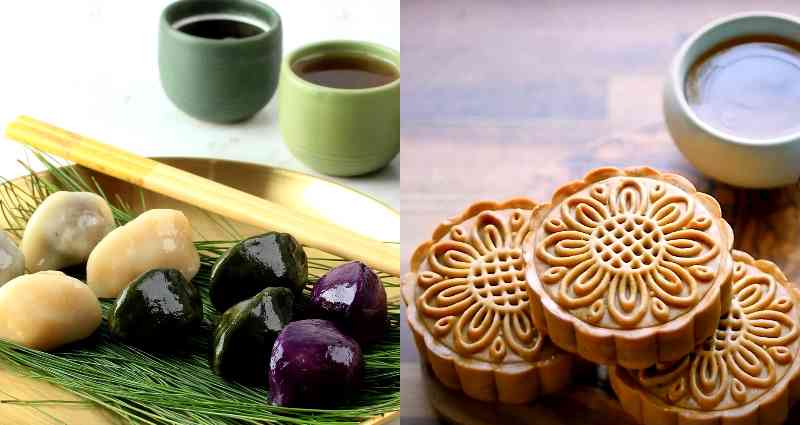

By Grace Kim
September 21, 2021
Today, on the 15th day of the eighth lunar month, many East and Southeast Asian families are gathering for a millennia-old holiday celebrating the harvest season. In Korea, festivities for Chuseok, or Korean Thanksgiving, began yesterday. In China, lanterns have lit up the skies for the Mid-Autumn Festival, or the Mooncake Festival. Both have their own unique set of traditions that are observed today that trace back as early as the first century.
While similar in the sense that these holidays bring families together and celebrate love, good fortune and gratitude, a deeper dive into their origins reveal individual tales of heroism and mysterious events that highlight the countries’ rich histories.
Those celebrating the Mid-Autumn Festival will likely soon, if not already, bite into a mooncake, which is molded with intricate designs on its surface. Some of these designs are representative of the legends surrounding the sweet and savory baked goods. One of the most famous ones is that of the moon spirit, Chang’e.
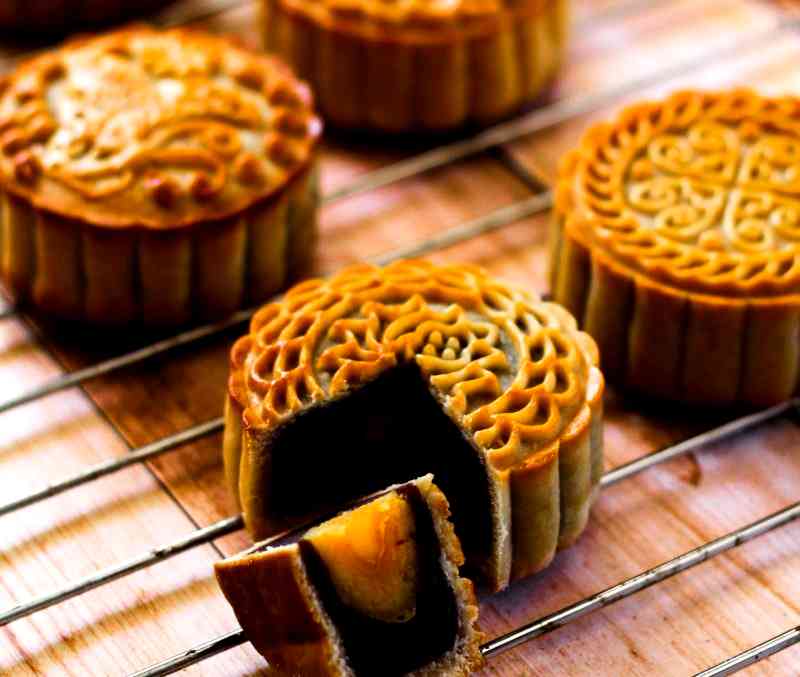
As the story goes, according to SCMP, the earth was once riddled with drought from the scorching heat of 10 suns. An archer named Hou Yi saved the world by shooting down nine of the suns and was later appointed as king for his heroic deed. Chang’e, the wife of Hou Yi, became the true hero of the story after Yi turned out to be a malevolent ruler. After he found the elixir to immortality and the whole kingdom appeared to be doomed by his eternal rule, Chang’e took the elixir herself and fled to the moon, becoming its spirit. The Mid-Autumn festival was said to have been celebrated ever since then, in honor of her.
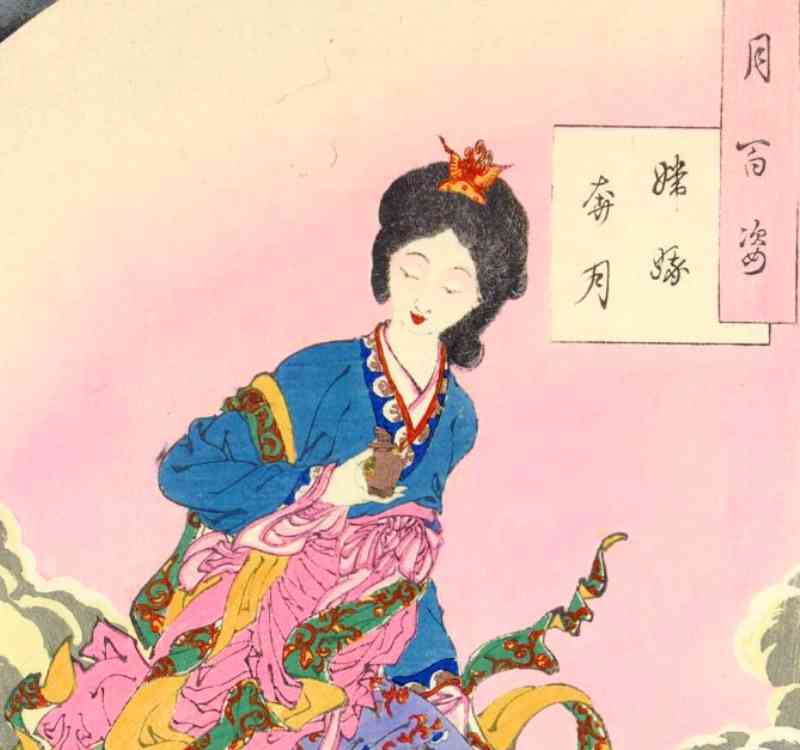
There are several variations of the legend, with some saying Hou Yi was revered by his subjects and that he was betrayed by Chang’e, who simply wanted the elixir for herself. Regardless of how she came to be the moon spirit, Chang’e remains an important figure in Chinese lore — so much so that even the Chinese National Space agency’s missions to the moon were named after her.
Thousands of miles away, in another era of the ancient land of the modern-day Korean peninsula, another legend explains Chuseok. Recorded in the Samguk Sagi, Korea’s oldest surviving historical text, is the tale of two princesses that lived during the reign of King Yuri of the Shilla dynasty, which spanned from 19 B.C.–18 A.D. Seorabeol, the capital city at the time, was divided into two groups, and the princesses led each of them in a weaving competition. On the 15th day of the eighth month, their creations were said to be judged, and the losing team had agreed to treat the winners with alcohol and rice. A celebratory event, the night ended with singing and dancing.
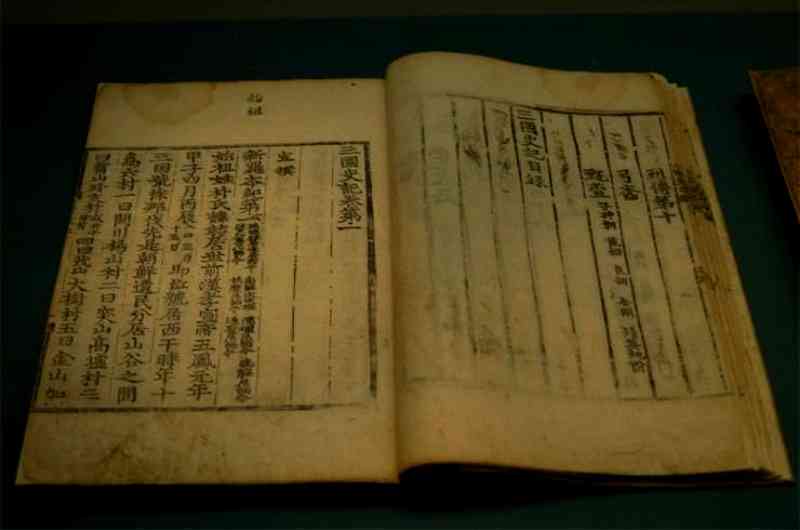
Similar to the concept behind the mooncake, songpyeon, a type of Korean rice cake in the form of a crescent moon, is eaten today as part of the tradition. While it may seem strange that a crescent moon-shaped food is used to symbolize the celebration surrounding the full harvest moon, it’s all thanks to the legend of a turtle’s omen, according to Real Foods.
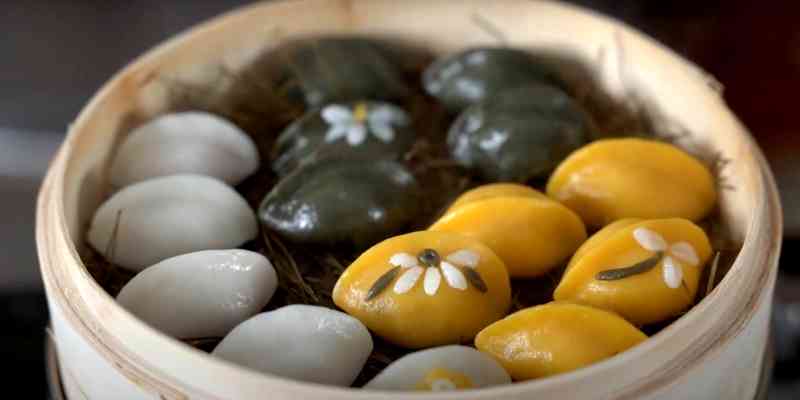
King Uija, the last ruler of the Baekje kingdom — one of the three kingdoms along with Shilla that ruled the Korean peninsula at the time — was said to have awoken one night to a strange sound: the words “Baekje is falling.” A turtle with odd markings on its shell was found the next morning near the site of the incident. A shaman interpreted the turtle’s markings to mean that Baekje, like a full moon, would start to recede, while Shilla, a crescent moon, would begin seeing growth as it phases to a full moon. Once the people of Shilla heard the news, they began to make half-moon-shaped songpyeon to represent their desire to see their kingdom grow. Shilla did in fact go on to conquer the Baekje kingdom as well as the third kingdom of Goguryeo.
As these legends have been passed down over centuries and splintered into millions of variations, it goes without saying that these stories should be taken with a grain of salt — or perhaps a grain of rice, from the celebratory meal you’re having tonight.
Featured Image via Getty (Left), 小高姐的 Magic Ingredients (Right)
Share this Article
Share this Article